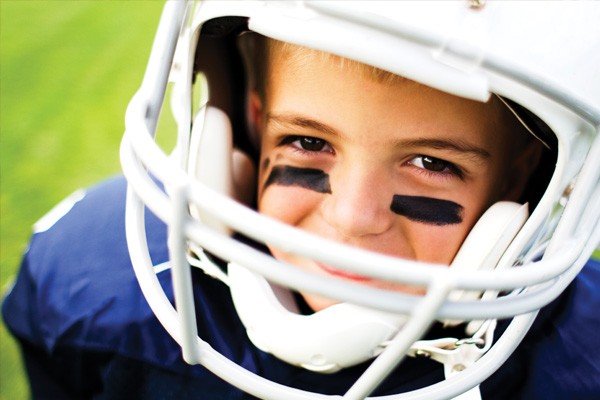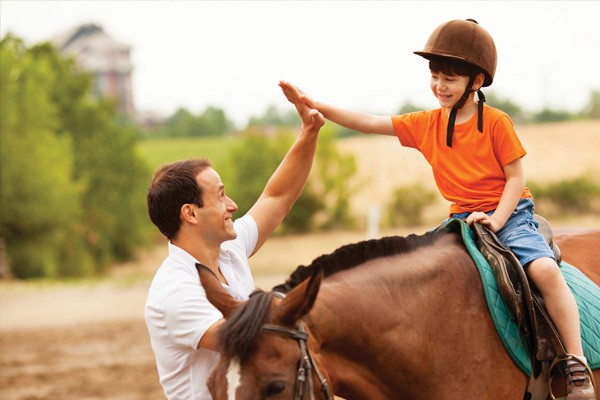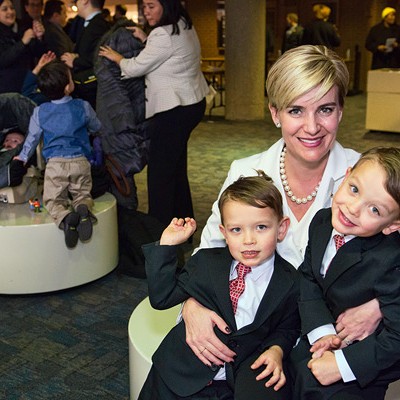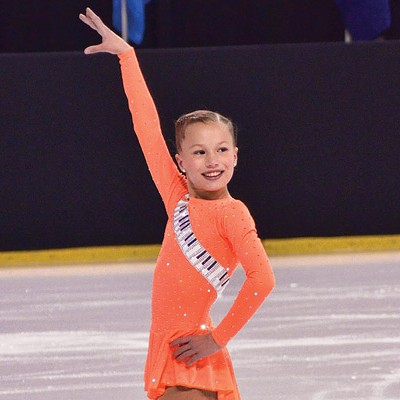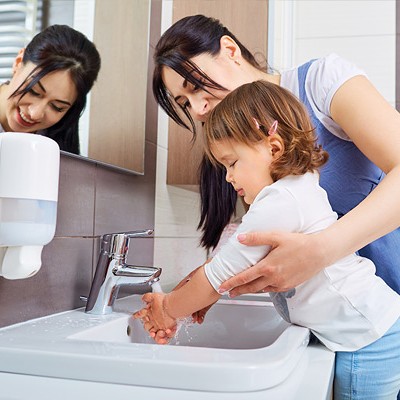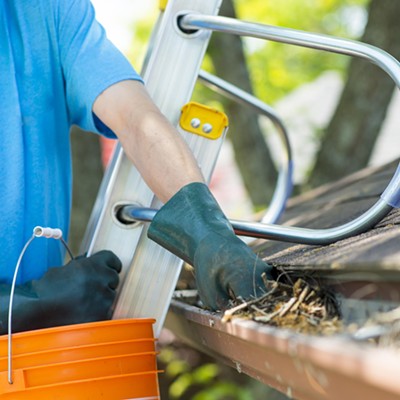Of the 1.7 million adults and children who sustain TBIs each year, 52,000 die, 275,000 are hospitalized and 1.365 million are treated and released from emergency rooms. Males are more likely to sustain a TBI than females. Close to a half million children between the ages of 0 and 14 are treated annually in ERs for TBI-related injuries; most are sustained by children between the ages of 0 and 4 and adolescents between the ages of 15 and 19. The Centers for Disease Control has seen a jump in brain injuries of 57 percent between 2001 and 2009 in children 19 and younger (http://www.cdc.gov/traumaticbraininjury/get_the_facts.html).
Seven years ago, my son suffered a TBI during an out-of-town soccer game. An opposing player was clearing the ball by their goal. My son took the full brunt of the ball on the right side of his head. The force knocked all six-foot-two of him off his feet and out cold. He came to quickly and convinced his coach to leave him in, scoring the winning goal for his team. At the time of the incident there were no mandates in place about removing an athlete from participating if a head or brain injury was suspected.
My son arrived home not feeling well and the right side of his head was swollen. Because it was a Sunday I took him to the hospital as soon as I heard what had happened. The emergency room physicians examined him, scanned his head and pronounced him fit enough to go home. They did caution me about symptoms to watch for and advised me to monitor him throughout overnight, just in case. He did fine.To-do list for brain injury safety
- New parents should be educated on the prevention of Shaken Baby Syndrome.
- Soft material should cover the area around playground equipment.
- Infants and older children riding in vehicles should be properly restrained. Parents should be educated about proper installation and use of car seats, booster seats and seatbelts.
- Safety gates should be installed on stairs and other elevated areas, like outside decks, and safety bars should be installed on windows to prevent falls.
- Coaches, athletic directors and officials should be trained about TBIs – what to look for and treatment.
- Parents and young athletes should be knowledgeable about the risks of head injuries in their sports and be able to recognize the signs and symptoms of TBIs. Athletes should wear protective equipment required, for example, a helmet for horseback riding.
I sent my son to school the next morning and received a call from him just hours into his day. He felt dizzy, disoriented and nauseous. He had a severe headache, too. These symptoms were indicative of a TBI.
I picked my son up from school and took him to see a sports concussion specialist, a referral from our pediatrician. My son was given a number of tests, which he failed completely. He was diagnosed with mild traumatic brain injury (mTBI) and pulled from all athletics immediately. The specialist monitored him and retested him weekly while his brain healed from the trauma. However, the monitoring process was hampered by the fact that my son had not had a baseline examination, done before he sustained the TBI (my other soccer-playing kiddos have annual baselines). It would be a month until my son could return to soccer, and close to a year before he felt fully himself.
In addition to dizziness, nausea, vomiting and severe headaches, those suffering a brain injury may experience the following symptoms. These signs and symptoms can range from mild to severe and last long-term or short-term.
- Memory loss
- Slowing cognitive functioning
- Visual issues
- Sensitivity to light and sound
- Loss of smell, balance issues
- Trouble sleeping
- Fatigue
- Mood changes – especially irritability, feeling depressed and seizures
Seek immediate help if your child experiences:
- Loss of consciousness
- Ongoing nausea or vomiting
- An ongoing and worsening headache
- Convulsions or seizures
- One pupil larger than the other
- Weakness, numbness, or decreased coordination
- Slurred speech
- Cannot be consoled, keeps crying
- Refusal to nurse if nursing
- Loss of appetite
- Wets the bed after being toilet trained
- Appears drowsy or cannot be awakened
- Confusion, does not recognize familiar people or environment
- Restlessness, agitation, or unusual behavior
Judy M. Miller savors time with her kids. She is a Certified Gottman Educator and the author of What To Expect From Your Adopted Tween, Writing to Heal Adoption Grief: Making Connections & Moving Forward, and For Families and Friends: Advice, Suggestions, and Honest Dialogue About How to Best Support Parents on Their Adoption Journey.

